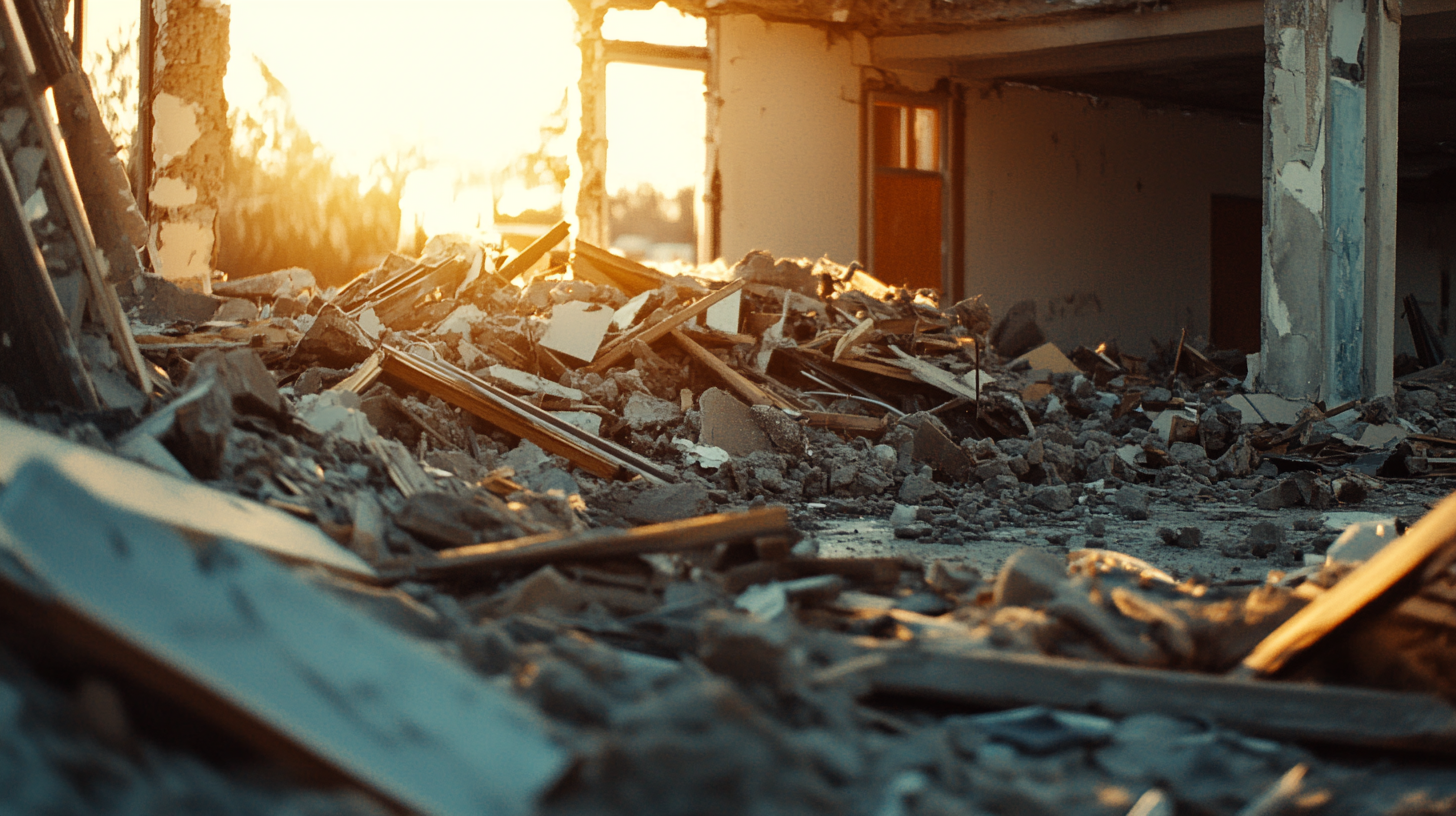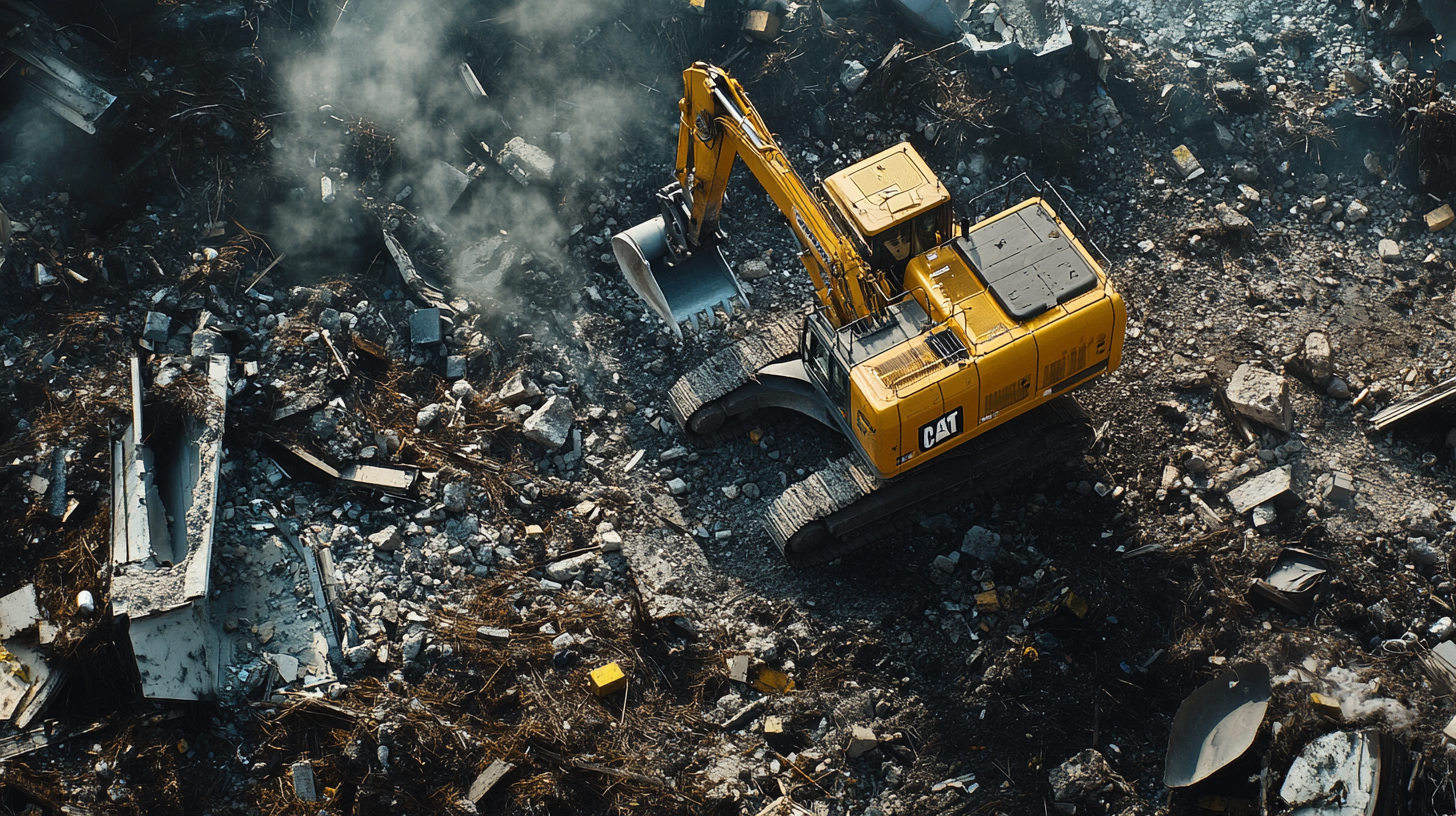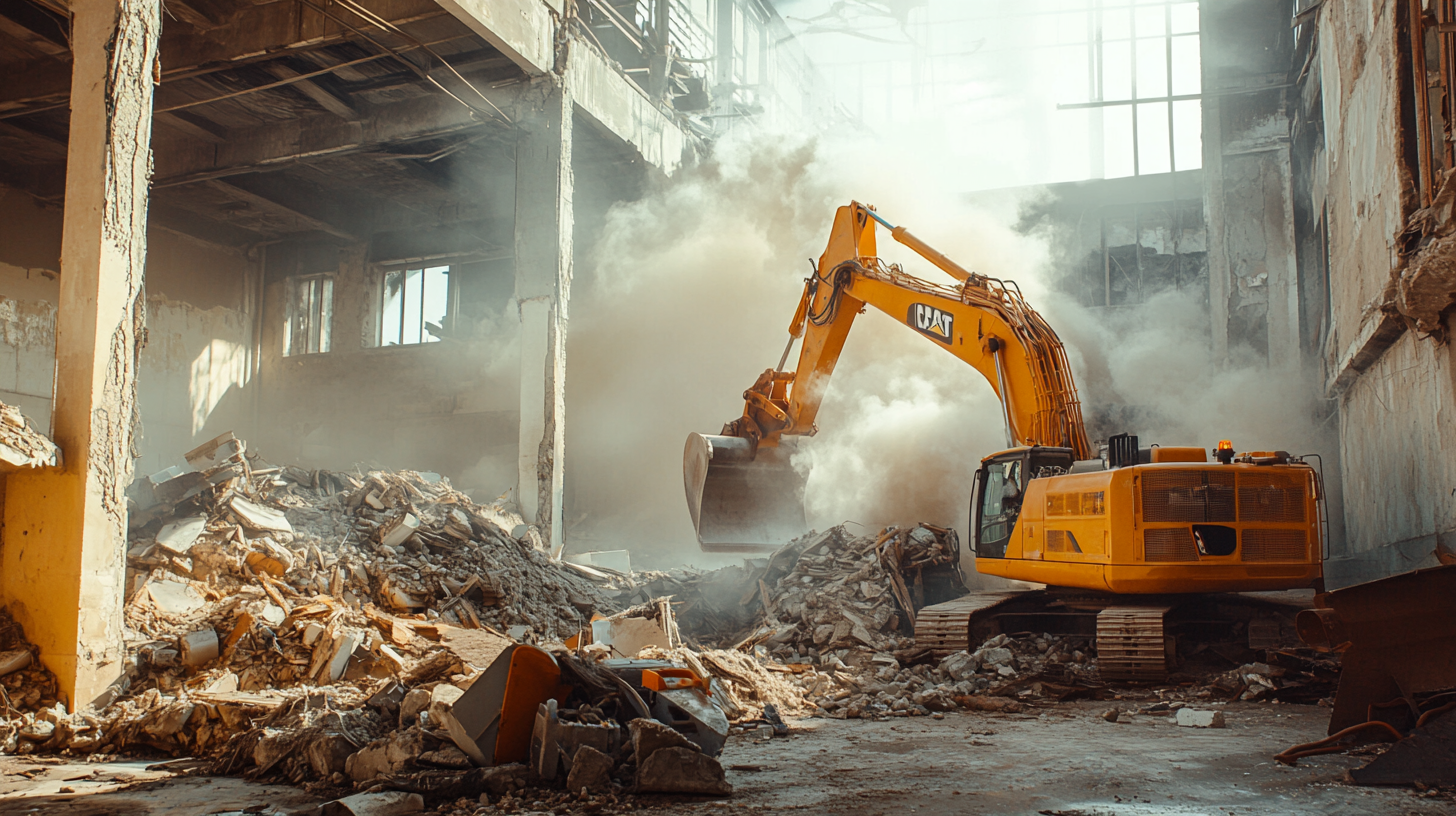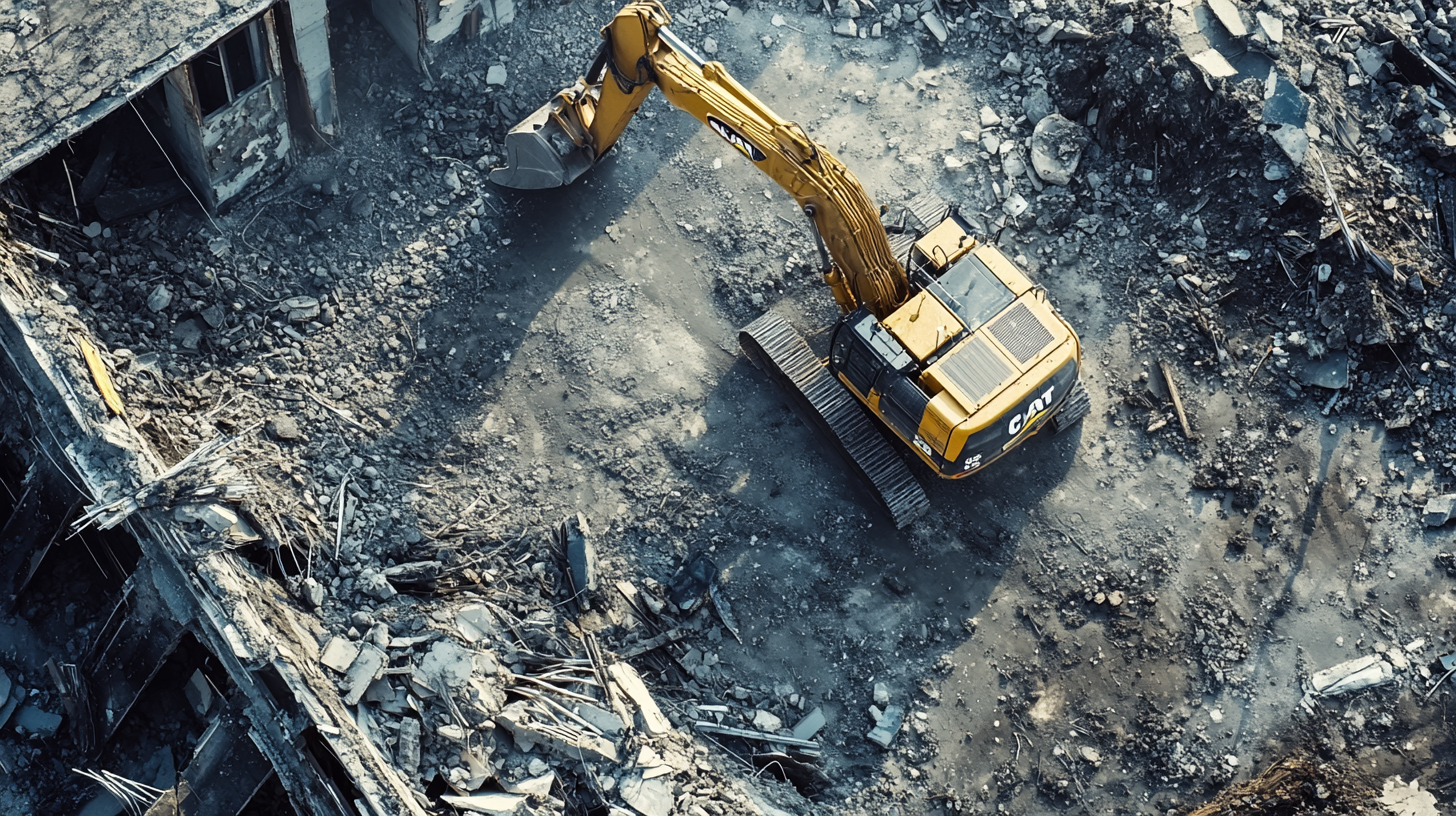Welcome to our blog, where we'll explore the world of DIY crawl space encapsulation and its benefits for your home. Crawl space encapsulation is a method of sealing and insulating your crawl space to protect it from moisture, mold, and other potential issues. In this guide, we'll provide you with essential information, step-by-step instructions, and valuable tips to help you successfully embark on your DIY crawl space encapsulation project.
Benefits of DIY Crawl Space Encapsulation for Homeowners
DIY crawl space encapsulation offers numerous benefits for homeowners who are willing to take on the project themselves. Firstly, encapsulating your crawl space helps to control moisture levels, preventing issues such as mold and mildew growth. By sealing off the crawl space from outside elements, you create a drier and healthier environment, reducing the risk of respiratory problems and structural damage caused by excess moisture.
Secondly, DIY crawl space encapsulation improves energy efficiency in your home. By properly insulating and sealing the crawl space, you prevent the loss of heated or cooled air, reducing the workload on your HVAC system. This translates to lower energy bills and increased comfort throughout your living space. DIY encapsulation allows you to take control of your home's energy efficiency and potentially save money in the long run.
In conclusion, the benefits of DIY crawl space encapsulation are significant. By controlling moisture, preventing mold growth, and improving energy efficiency, you enhance the overall health, comfort, and cost-effectiveness of your home. Taking on the project yourself allows you to customize the encapsulation process to your specific needs and budget, providing a rewarding and beneficial home improvement endeavor.
Essential Tools and Materials for DIY Crawl Space Encapsulation
Embarking on a DIY crawl space encapsulation project requires the right tools and materials to ensure a successful and effective outcome. Firstly, you'll need protective gear such as gloves, safety goggles, and a respirator to safeguard yourself during the process. These items will shield you from potential hazards and contaminants present in the crawl space.
In terms of materials, a high-quality vapor barrier or crawl space liner is essential. This barrier acts as a protective layer against moisture and prevents the intrusion of outside elements. Additionally, you'll need sealing materials like caulk, foam insulation, and tape to seal any gaps, cracks, or seams in the crawl space. Proper insulation materials such as rigid foam boards or spray foam insulation will help maintain a comfortable temperature and improve energy efficiency. Finally, consider having a utility knife, measuring tape, and a staple gun on hand to cut and secure the materials in place.
In conclusion, having the right tools and materials is crucial for a successful DIY crawl space encapsulation project. By investing in protective gear, vapor barriers, sealing materials, insulation, and essential tools, you'll be equipped to create a healthier, more energy-efficient living environment. Remember to follow manufacturer instructions and safety guidelines throughout the encapsulation process for optimal results.
Expert Tips for Successful DIY Crawl Space Encapsulation
Embarking on a DIY crawl space encapsulation project can be a rewarding endeavor, but it's important to approach it with the right knowledge and preparation. To help ensure a successful outcome, we've compiled expert tips to guide you through the process.
Firstly, before starting the project, thoroughly assess your crawl space for any existing issues, such as water leaks or mold growth. Addressing these issues beforehand will ensure a solid foundation for your encapsulation efforts. Additionally, proper ventilation is crucial for a healthy crawl space. Make sure to provide adequate ventilation by installing vents or using a mechanical ventilation system to prevent moisture buildup.
When it comes to installation, attention to detail is key. Ensure the crawl space is clean and free of debris before laying the vapor barrier or crawl space liner. Take the time to properly seal any gaps, cracks, or seams using caulk or foam insulation to create an airtight and watertight seal. Properly insulate the crawl space walls and rim joists to enhance energy efficiency and prevent air leakage. Lastly, periodically inspect and maintain your encapsulation system to ensure it remains in good condition and continues to provide the intended benefits.
In conclusion, successful DIY crawl space encapsulation requires careful planning and attention to detail. By addressing existing issues, ensuring proper ventilation, and meticulously installing the vapor barrier and insulation, you can create a healthier, more energy-efficient crawl space. Remember to follow safety guidelines and consult with professionals if you encounter any challenges along the way. With the right approach, you can achieve a successful DIY crawl space encapsulation project and enjoy the benefits it brings to your home.
FAQs
Contact Bull City Crawlspace Today!
Bull City Crawlspace will do everything we can to ensure your experience with us is excellent.
Request A FREE Estimate
Request a Free Estimate Form
Checkout Recent Post




Got a Question? We’re Here to Help.
You can arrange an appointment or make an enquiry by phone or email, orget in touch to us via our contact form.

